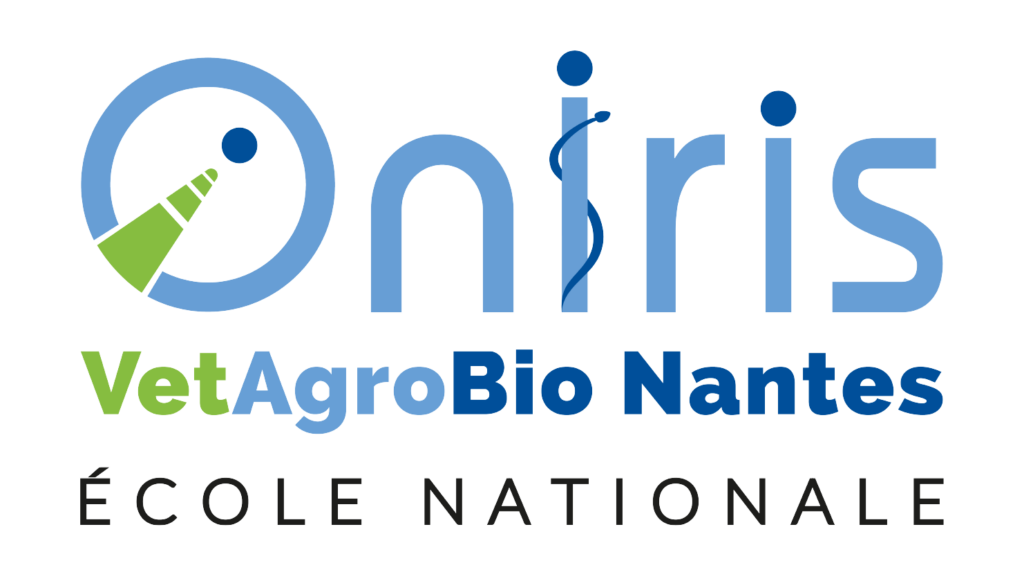THIS WEBSITE USES COOKIES
We use cookies to personalise content, to provide social media features, and to analyse our traffic. By choosing 'allow all cookies', you consent to our cookies.
To find out more, read our privacy policy and cookie policy.
Oniris VetAgroBio – Ecole Nationale Vétérinaire, Agroalimentaire et de l’Alimentation (ONIRIS), LABERCA, France

DC9 supervisor
Dr Gaud DERVILLY, PhD (141 publications, h-index 34), is a senior researcher, holding a PhD in Food Science (2001) and an HDR (habilitation to direct research) (2009) in public health. She is head deputy of LABERCA Research Unit (INRAe/Oniris) and scientific adviser. She manages research projects to address Chemical Food Safety issues to characterize consumer’s exposure and study the effects of chemical exposure, involving targeted and non-targeted mass spectrometric strategies, such as metabolomics and exposomics. She received the Euroresidue Award for “Excellent Contribution in Residue Analysis” in 2012. She teaches at the academic level at Nantes University (France), is a regular lecturer at SARAF (School for Advanced Residue Analysis) and VLAG (Wageningen University, NL). Membership in scientific councils both at institutional levels (National Veterinary College, Nantes) and at international scientific event (Euroresidue, NL; ISEAC, NL; International Food and Water Research Center, Singapore).
“Identifying chemical risks requires the use of cutting-edge analytical technologies to detect the greatest possible number of compounds, sometimes unknown and in trace form, in complex matrices (environmental, food, etc.). Ion mobility offers a formidable additional dimension for deconvoluting these many signals. Not only does it increase the selectivity of measurements, it also significantly improves their sensitivity, which are key assets in meeting today’s public health challenges. The Mobilitrain project brings together Europe’s leading experts in this technology and will enable a new stage to be reached in the implementation and robustness of this tool, so that this new dimension can be integrated into current public health approaches.”